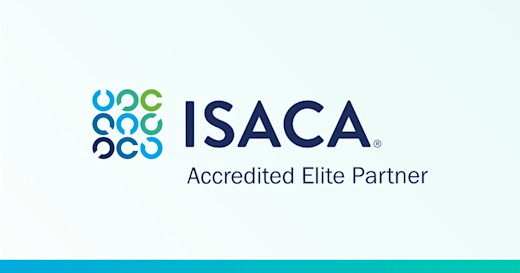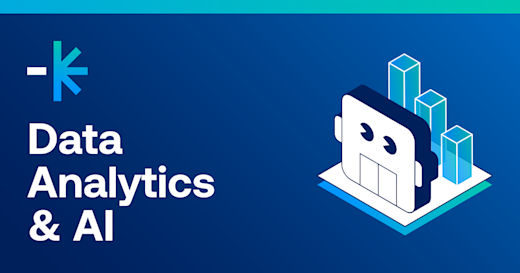Got a question? Call 02 8286 9429 | Login
When discussing Microsoft 365 and its end-user applications, what usually comes to mind is Office and its tools for creating different types of documents and spreadsheets. But more than this, the suite of online collaboration tools can be leveraged with Microsoft 365 training to help organisations establish more secure and more cohesive ways of working.
What is the difference between Microsoft Office and Office 365?
Microsoft 365 (M365) is the newer, more broadly encompassing name for Office 365 (O365). Though we should note that the name Office 365 is still commonly used, even by Microsoft, and you will see that name in various places within the Microsoft 365 environment like Microsoft Office 365.
M365 is an umbrella term for several Microsoft applications and cloud-based services. It includes everything you know in Office 365 with the addition of the Windows 10 Operating System and the Enterprise Mobility Suite for Security and Management apps. It is a subscription service from Microsoft that gives you access to a suite of the most up-to-date web based and desktop communication and productivity tools.
On its own, Office 2021 is sold as a one-time purchase with options to buy upgrades down the line. It includes applications like Exchange, Office Apps (Word, PowerPoint and Excel), SharePoint and OneDrive.
There is a misconception that M365 is simply a collection of
Office apps that they can access online. In reality, it offers unprecedented gains to productivity, communication and collaboration when implemented with Microsoft 365 online training and a clear strategy that considers the license you select.
How can training on online collaboration tools lead to productive teamwork?
Organisations often decide to subscribe to a ready-made web-based collaboration tool suite like Microsoft 365 so they can focus their time, energy and resources on their revenue-generating and core functions. It also saves them the additional work of upgrading to the latest version, buying more storage capacity and purchasing licenses for external contractors and consultants.
However, by skipping the steps of proper planning and Microsoft 365 admin training, they fail to make full use of this tech stack and never give themselves a chance to realise its full value.
A less rosy picture of Microsoft 365 adoption and usage was painted by a 2019 SoftwareOne report, which noted 44% of respondents found it difficult to integrate M365 with their existing infrastructure. In addition to this, the researchers found that individual features of Microsoft 365 - especially those designed for mobility and cybersecurity - have been underused due to factors like a lack of knowledge of what the tools can offer and the limited training of employees.
Common roadblocks to Microsoft 365 adoption
From our experiences of providing training and consultation and of implementing end user applications internally, we found that organisations encounter three main challenges with adopting and taking advantage of Microsoft 365 and its potential to impact productivity, collaboration and innovation. These include: following pre-migration protocols in a post-migration reality, the lack of Microsoft or Office 365 training and the lack of a framework for Microsoft 365 adoption and change management.
Following pre-migration protocols in a post-migration reality
The rapid transition to remote working drove a significant uptake of M365 in organisations. Many were forced to get a subscription and/or migrate to it after using other tools out of sheer necessity and with very little warning. The sole priority was to enable staff to do their jobs from home. As a result, exploring the capabilities of M365 was put on the backburner.
But then, the post-migration reality set in. And a look at the grassroots level shows that each user or business unit has been struggling - left to their own devices to determine how to collaborate on and navigate multiple platforms.
Often, they are replicating protocols that may have worked onsite or on predecessor tools but that could be optimised further on their current end user applications, especially in hybrid or virtual work environments.
Lack of Microsoft or Office 365 training
Organisations assume that these products are simple enough to require no formal training. Part of the selection criteria is often the ease of use of the software. But the lack of training leads to poor usage rates.
When it comes to that, the first type you can focus on is product training or knowing how to use the products and their different features. In the case of Teams, users rarely explore its capabilities beyond chat messaging, conferencing, and screen-sharing. Functionalities for task management, internal process documentation, and file sharing are overlooked.
The next and more strategic is process training – knowing when to use a specific product, why, and how. For instance, what kind of communication is more ideal for Teams compared to Yammer? This requires your leaders to develop policies that reflect the organisation’s structure and standard operating procedures. After doing so, you need to translate these into guidance on usage of all aspects of M365 — particularly when it comes to internal and external file sharing, data privacy and information security.
Lack of framework for Microsoft 365 adoption and change management
In the course of our collaborations with businesses about their Microsoft 365 online training needs, we've developed an overarching framework that supported successful implementations of M356. This same framework has supported our own team with addressing our end user adoption challenges.
It has three components: training, guidance and governance. And these are three are underpinned by strong change management initiatives that include identifying champions and getting team buy-in.
Resolving the common roadblocks to end user adoption
What can you do to address these organisational challenges and open up opportunities to grow, innovate and collaborate? While upskilling and policy development in relation to collaboration tools may have once taken the sidelines, empowering teams to deliver the best results for the business is a priority that can’t be ignored any longer.
Organisations can access a range of customised training options -- whether for a basic-level overview of M365 and its functionality, or more in-depth training on advanced business applications. Lumify (formerly DDLS) has a pool of Microsoft Certified Trainers (MCTs) ready to help you make the most of your training budget and realise the full potential of your technology investment. You can reach out to us to discuss these options for end user application training.
You can deep-dive into the uptake of Microsoft 365 and how adoption roadblocks may be happening in your organisation. Explore our Good Practice Framework and see it in action via a case study when you download our full End User Adoption Guide.










